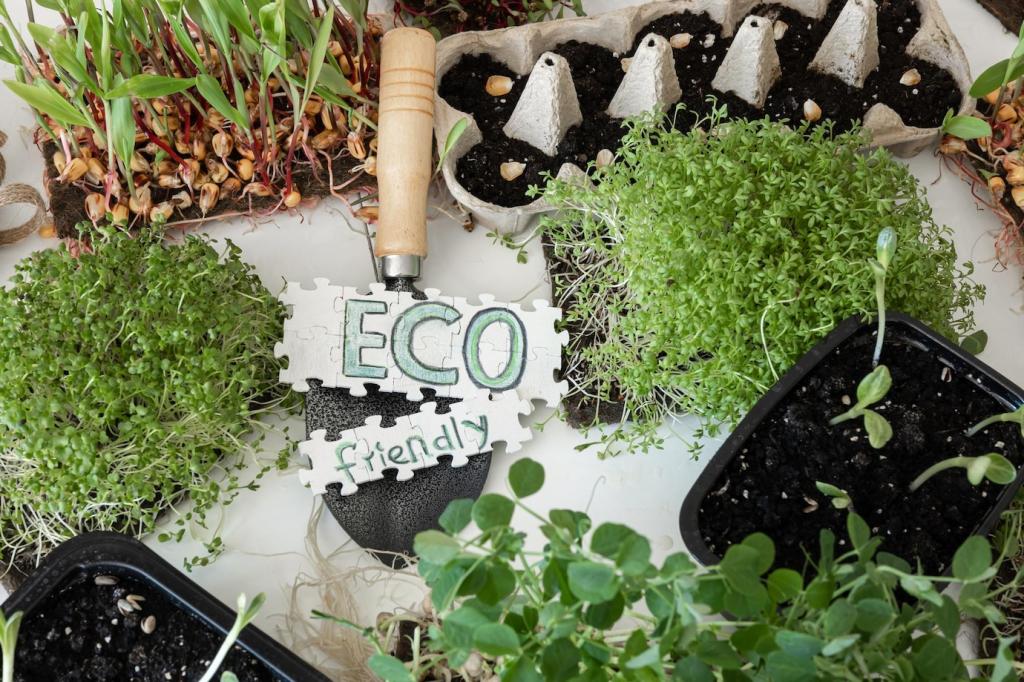The Core Waxes: Beeswax, Carnauba, and Candelilla
Beeswax lends a honeyed glow, soft pliability, and a forgiving buffing window. It melts at moderate temperatures, blends easily with oils, and provides that nostalgic aroma many remember from heirloom chests. Have you tried different regional beeswax varieties? Tell us.
The Core Waxes: Beeswax, Carnauba, and Candelilla
Harvested from Brazilian palm leaves, carnauba raises hardness, scratch resistance, and sheen. A small percentage dramatically increases durability, yet too much complicates buffing. Balance is everything. Experiment with ratios and share your ideal blend in the comments below.




